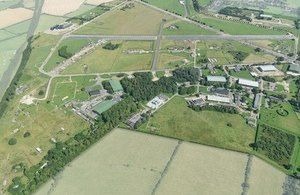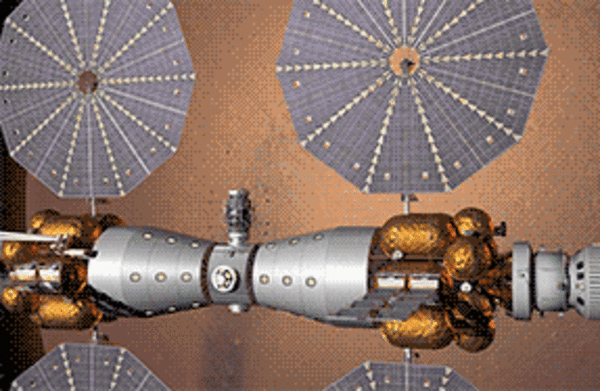The journey to Mars, told in GIFs.
Category: space travel
Not content with landing its fifth rocket, Elon Musk has unveiled plans the land three rockets at once.
SpaceX has applied for permission to build new landing pads at the Cape Canaveral HQ it leases from NASA.
It would allow all three main rockets of the firm’s upcoming Falcon Heavy to land back at base before being prepared for reuse.

“Virgin Spaceship Unity, set to begin test flights next month, includes a very special nod to the theoretical physicist.”

“The UK Space Agency is investing £4.12m in a National Propulsion Test Facility, giving the UK a new facility for space technology testing.”
China and Russia are discussing joint cooperation in outer-space exploration, including missions to the Moon and even Mars, according to a statement by Russian Deputy Prime Minister Dmitry Rogozin on Wednesday.
“Yesterday, we (Rogozin and Vice-Premier of China’s State Council Wang Yang) worked for three and a half hours, discussing cooperation in the nuclear sphere and cooperation in the issues of interaction between our space agencies where there are such large projects as the deliveries of rocket engines, and cooperation in navigation systems,” the Russian vice-premier said.
He made his remarks during a talk with the heads of Russian regions and Chinese provinces and the managers of companies from both countries. The expo is an annual industrial exhibition held since 2014 within the framework of the Harbin Trade Fair.
Large Earth-orbiting greenhouses will someday likely be as commonplace as peanut acreage on Georgia’s coastal plains.
Low-Earth orbit (LEO) would hardly appear to be the best place to take up farming. But both NASA and the burgeoning commercial space industry are already planning for a time when in addition to on-orbit space hotels and new research stations, there will also be Earth-orbiting greenhouses. Such structures will provide a horn of plenty for growing numbers of LEO residents and astronauts venturing beyond Earth orbit to the Moon, Mars or even the Main Asteroid Belt.
The initial case for LEO agriculture would be to feed a growing population of space-dwellers — either using a greenhouse that remained permanently attached to the LEO habitat, or a greenhouse that was free-flying and uncrewed.
Here are five reasons why Earth-orbiting space greenhouses make sense.
SpaceX has successfully landed another Falcon 9 rocket after launching the vehicle into space this evening from Cape Canaveral, Florida. Shortly after takeoff, the vehicle touched down at SpaceX’s Landing Complex 1 — a ground-based landing site that the company leases at the Cape. It marks the second time SpaceX has pulled off this type of ground landing, and the fifth time SpaceX has recovered one of its rockets post-launch. The feat was accomplished a few minutes before the rocket’s second stage successfully put the company’s Dragon spacecraft into orbit, where it will rendezvous with the International Space Station later this week.
It’s also the first time this year SpaceX has attempted to land one of its rockets on land. For the past six launches, each rocket has tried landing on an autonomous drone ship floating in the ocean. That’s because drone ship landings require a lot less fuel to execute than ground landings (something we explain here). If a rocket has to accelerate super fast during launch — such as those going to high orbits or ones carrying heavy payloads — it uses up a lot of fuel during the initial takeoff. That leaves less fuel for the rocket to land back on Earth, which means a drone ship landing is sometimes the only option. But for this launch, the mission requirements allowed for a successful landing on ground.
Could we soon be saying goodbye to long-haul flights? One company has taken an important step in making this dream come true.
Oxford’s Reaction Engines Ltd (REL) announced it has received a €10,000 development contract with ESA, so it can work on its revolutionary Synergistic Air-Breathing Rocket Engine (SABRE).
This technology can work both in the Earth’s atmosphere and in space — which is crucial to space planes.






